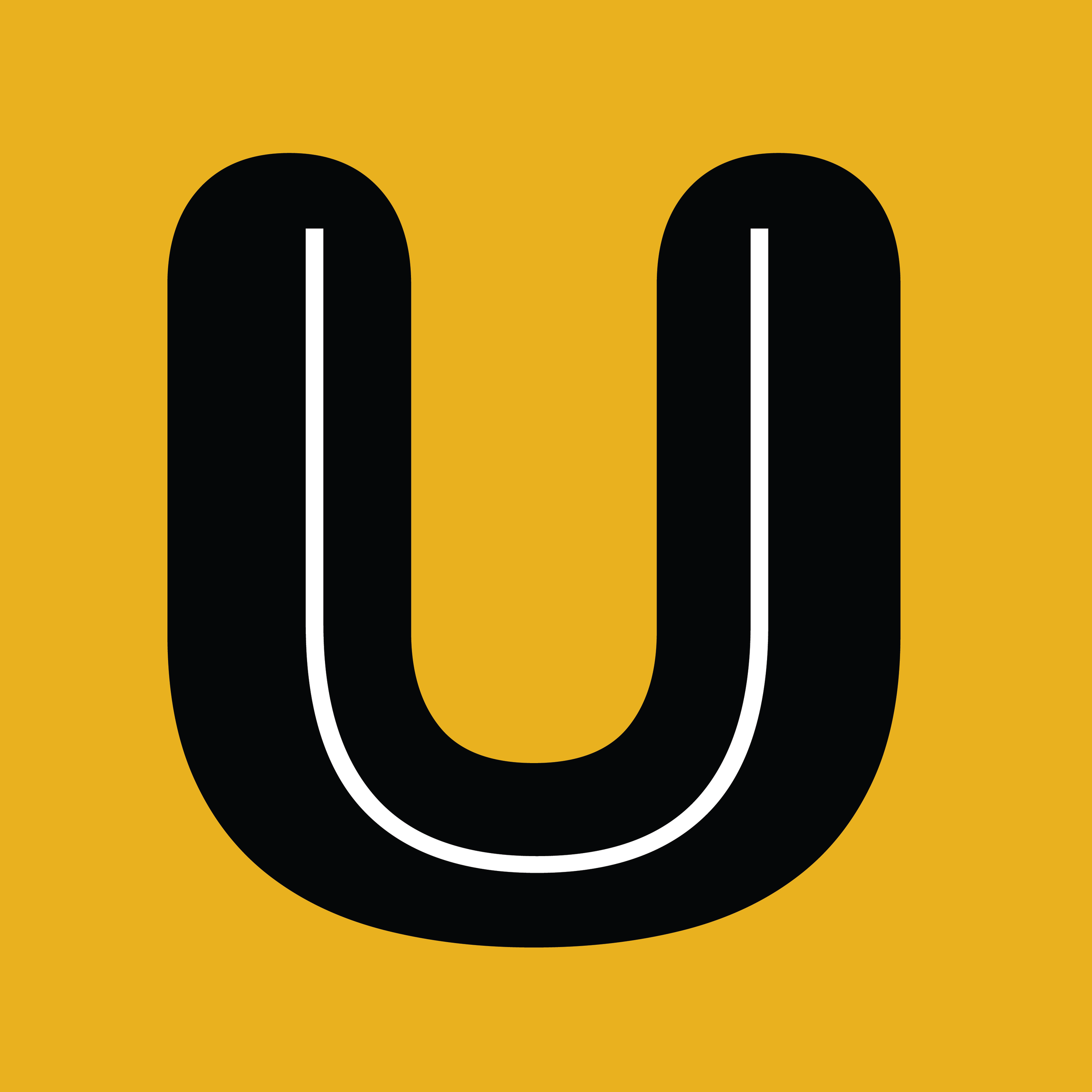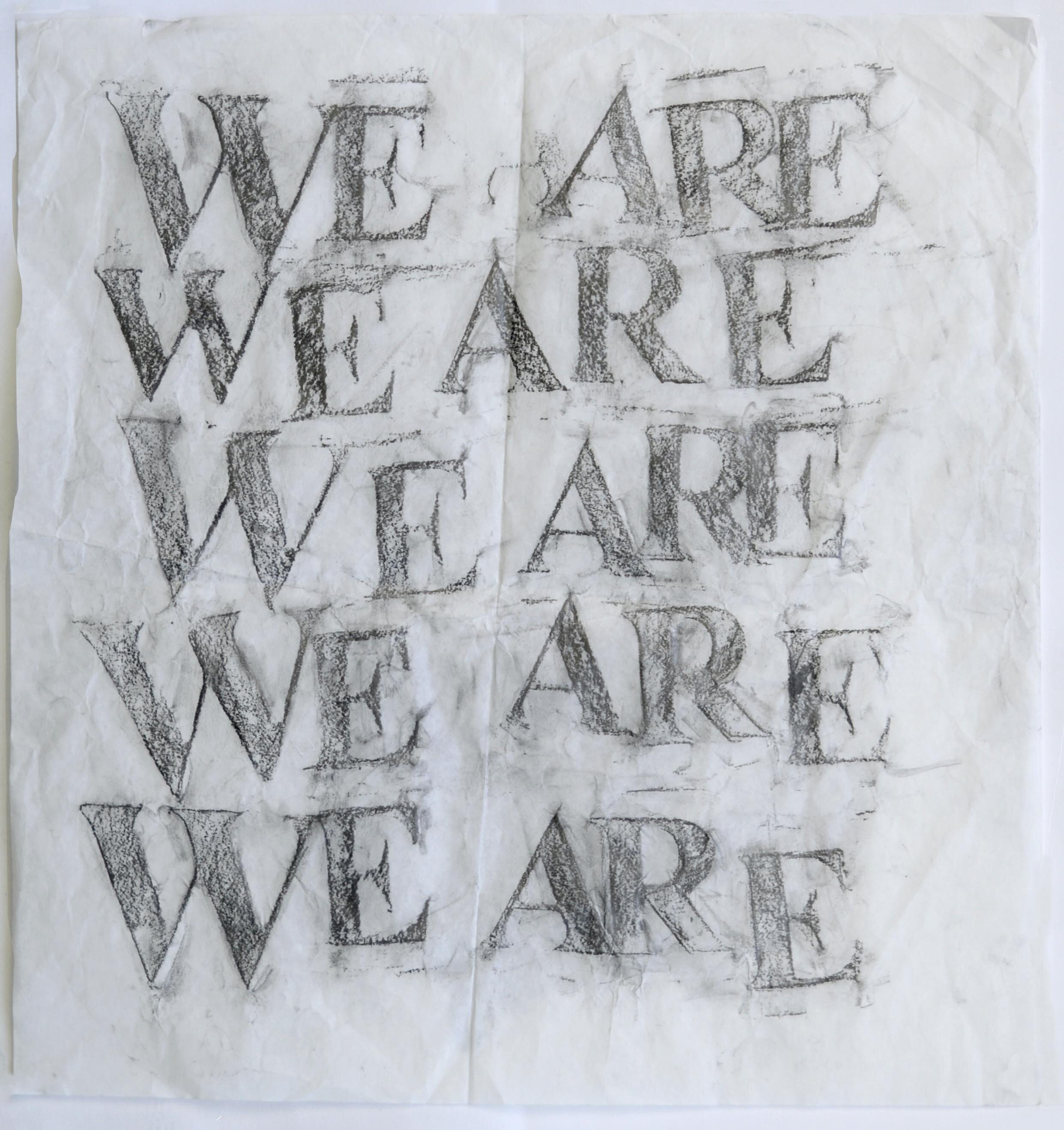Gabriel Sosa
Artist-in-Residence | Winter 2021
Youth Artist Project: “Reading the Public Space”
Gabriel Sosa is an artist, curator, educator, and linguist based in Boston. Through a multi-disciplinary practice that includes drawing, video, and public installation, he combines interests in translation, memory, and social justice to explore how the use of language subtly and consistently shapes our everyday experiences. His work has been shown at the Tufts University Art Galleries; O, Miami Poetry Festival; Centro Cultural Español, Miami; La Fábrica de Arte Cubano, Havana; A R E A, Boston; and the Contemporary Jewish Museum, San Francisco.
He was one of the curators of the Area Code Art Fair 2020, the first art fair focused on artists with ties to New England, and has also organized exhibitions at the Nave Gallery in Somerville and Haley House in Roxbury. Gabriel has been an Artist-in-Residence at Lugar a Dudas, Cali, Colombia; Santa Fe Art Institute, Santa Fe, New Mexico; Mass MoCA; and Santa Cruz Museum of Art and History, Santa Cruz, CA. He is currently a Now + There Accelerator Fellow and a Visiting Lecturer at the Massachusetts College of Art and Design.
His most recent project, “No es facil/It ain’t easy,” is a bilingual series of nine billboards shown in various Boston neighborhoods from July 2020 through January 2021; specifically, in immigrant communities that have been disproportionately impacted by the Covid-19 pandemic, including East Boston, Roxbury, Roslindale, Mattapan, and Dorchester. The phrasing draws from the vernacular of his Cuban-American upbringing and William Carlos Williams's poetry to subvert an iconic consumerist medium to provide comfort and solidarity in the midst of these difficult times.
As an Artist in Residence at Urbano Project, Gabriel will engage Youth Artists through “Reading the Public Space” in the process of exploring artists who deeply integrate text and language into their artistic practices. Students will create work that engages the hopeful and thought-provoking elements in language. In doing so, they’ll consider how to resourcefully and effectively place this language in the public space..





